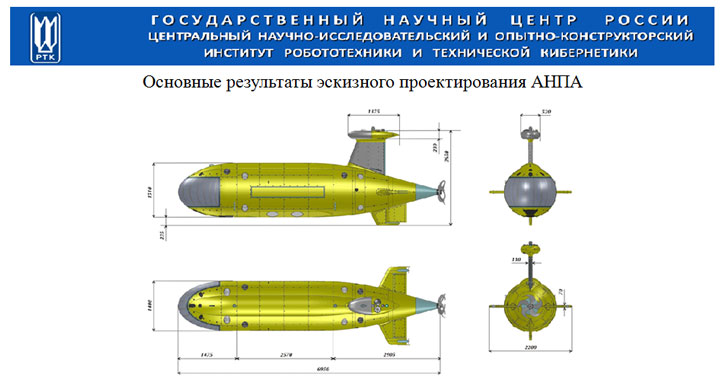Top Players Foresight by 2029 – Designer Women
 This market research report displays most recent and well-organized market insights with which businesses can ponder to augment their marketing, advertising, promotional and sales strategies. This report gives details about the product launches, future products, joint ventures, marketing strategy, developments, mergers and acquisitions and effect of the same on sales, marketing, promotions, revenue, import, export, and CAGR values with the analysis and estimations. The report helps in determining and optimizing each stage in the lifecycle of industrial process that includes engagement, acquisition, retention, and monetization. The This report endows with the plentiful of market insights and business solutions that will help you attain the new horizons of success.
This market research report displays most recent and well-organized market insights with which businesses can ponder to augment their marketing, advertising, promotional and sales strategies. This report gives details about the product launches, future products, joint ventures, marketing strategy, developments, mergers and acquisitions and effect of the same on sales, marketing, promotions, revenue, import, export, and CAGR values with the analysis and estimations. The report helps in determining and optimizing each stage in the lifecycle of industrial process that includes engagement, acquisition, retention, and monetization. The This report endows with the plentiful of market insights and business solutions that will help you attain the new horizons of success.
Defense Cyber Warfare market at the territorial level, which has been additionally bifurcated at the country level to provide a nitty-gritty view to the organizations. An uncommon center has been given to the vital participants in the organization profile area. This part incorporates monetary incomes, geological presence, and business outline, items offered, and key techniques embraced by the players to remain ahead in the opposition. Essential exploration was led with industry specialists, including VPs, advisors, item supervisors, and store network chiefs.
Defense cyber warfare market will grow at a CAGR of 18.20% in the forecast period of 2021 to 2028. Rise in the number of highly sophisticated cyber-attacks is an essential factor driving the defense cyber warfare market.
Cybersecurity is the type of protection of internet-connected systems, including software, hardware and data, from cyberattacks. A more connected and enhanced defense and intelligence world means that warfighters receive more information faster and more accurately than ever. Increased connectivity also means that there are more chances of cyber-attacks, data leaks and other IT security breaches which make cyber warfare more crucial than ever. The stability, economy, development and defence of any nation is increasingly dependent on their ability to provide a resilient and secure cyberspace.



